These items could be found in nearly every home and office across America for decades but have been rendered obsolete by the Internet and modern technologies. These 19 things gradually disappeared from society and are now collectors’ items.
Fax Machines

Fax machines were an office staple that allowed instant document transmission over phone lines. They were ubiquitous in the 1980s and 1990s, but the Internet, email, and file sharing rendered them obsolete in most industries.
Rolodexes
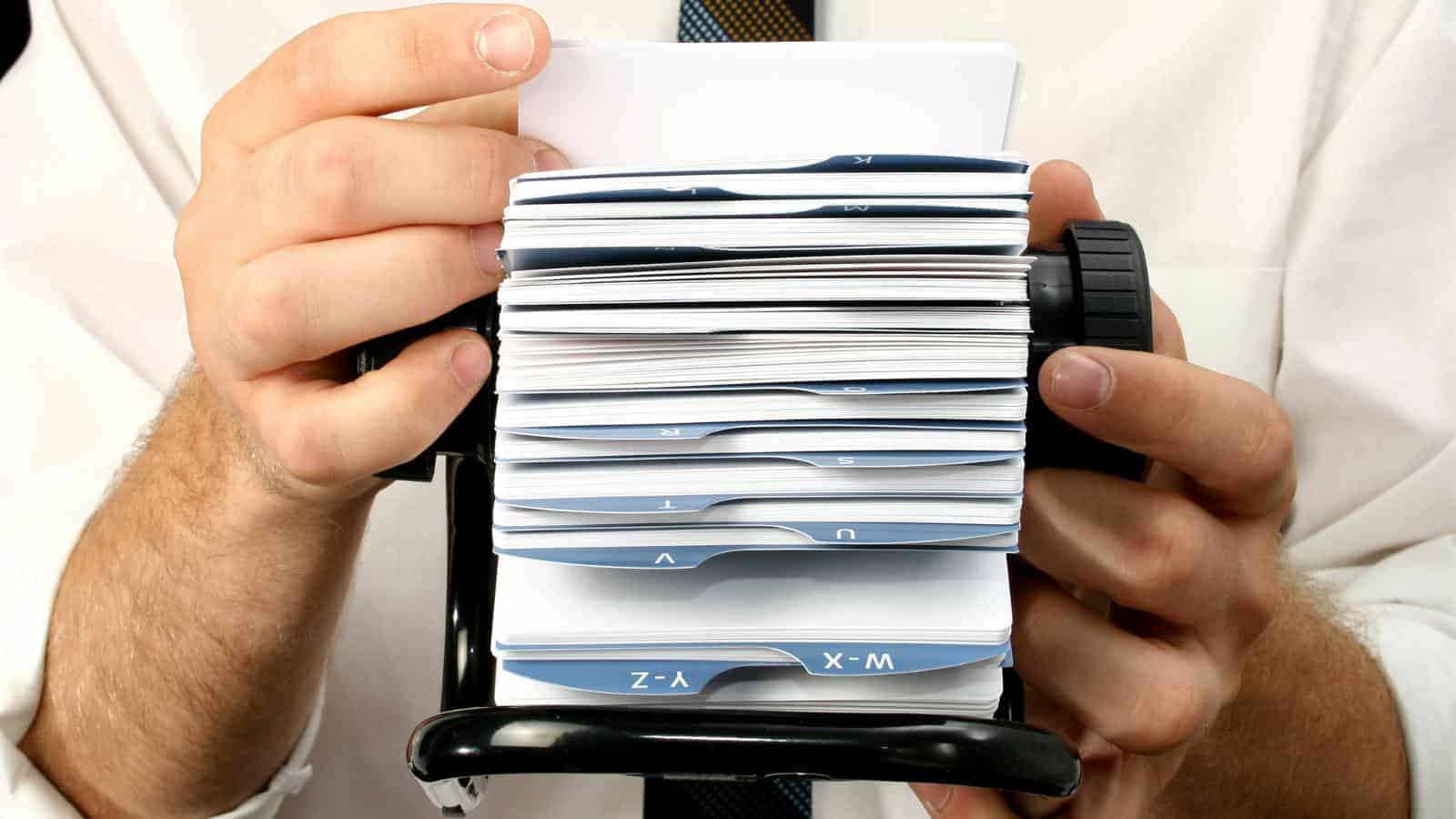
Rolodexes were once a staple found on office desks nationwide. Smithsonian explains that they were first marketed by Arnold Neustadter, the eccentric founder of Zephyr American Corporation, which was later renamed Rolodex Inc. They were rotating card file holders that stored business contacts, but they fell out of fashion in the 2000s as digital organization became the norm.
Printed Maps

For decades, printed maps were essential for navigation on road trips. Most Americans no longer use them because of the ease of GPS and digital mapping services like Google Maps, but some prefer their tactile experience.
Film Cameras
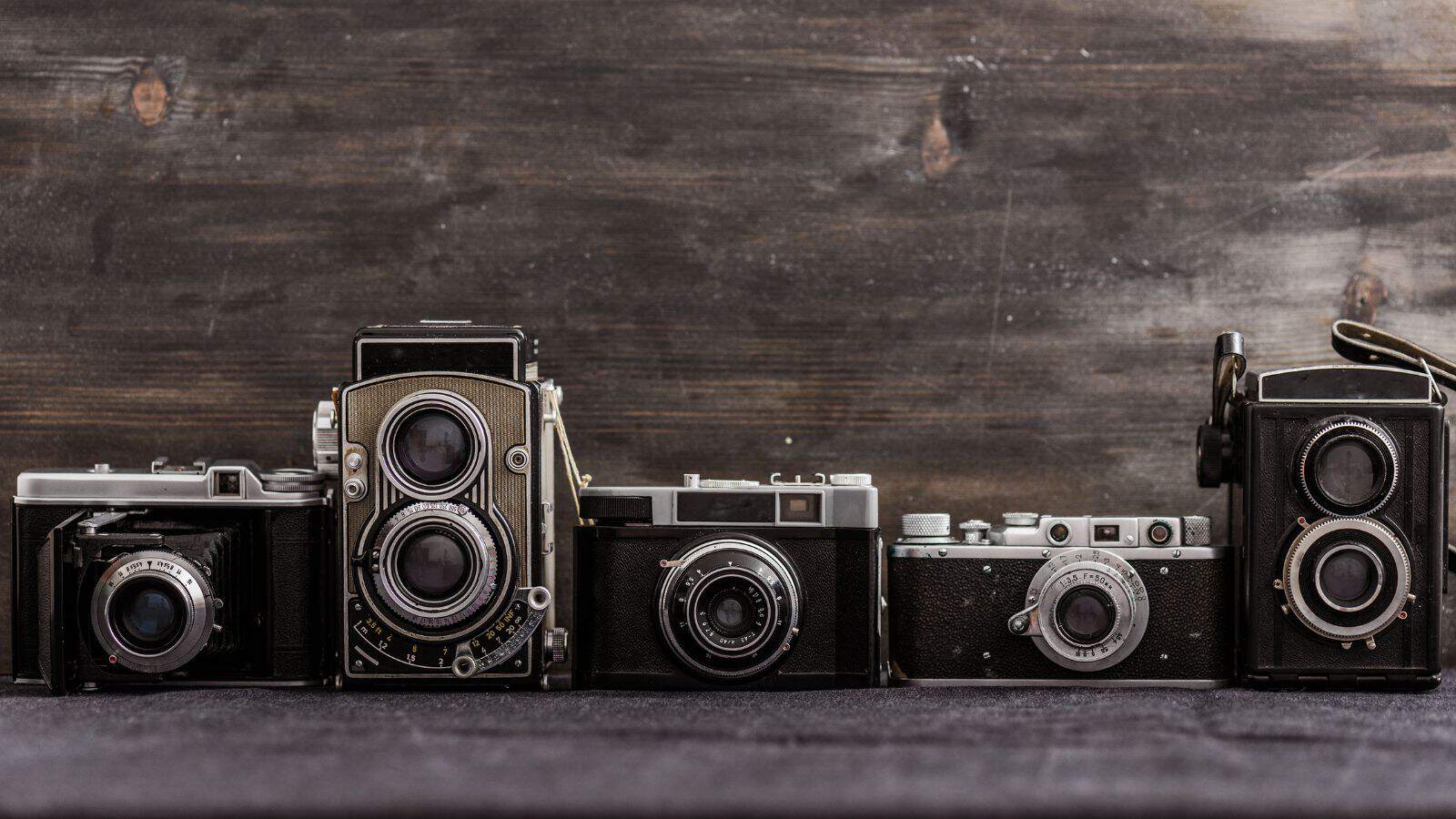
Film cameras were popular for over a century after their invention and are still favored by some camera enthusiasts. However, smartphone digital photography offers instant results that can be easily edited, making them more of a niche item.
Classified Ads in Newspapers

Classified ads were a popular method of buying and selling ads and filled newspapers. Today, they’ve largely moved online but can still be found in some print newspapers across America.
Phone Books

Checking phone books like the Yellow Pages was once an easy way to find and contact local businesses. The Internet has rendered them an obsolete waste of paper, and they’ve mostly moved online, but most Americans use a Google search instead.
Letter Writing

For centuries, writing letters was the only way to keep in touch with family and friends who lived in other towns. They remained popular after the telephone was invented, but the convenience of email, text, and instant messaging on social media has made them more of a romantic gesture today.
Payphones

Payphones were once found on every street corner in towns and cities across America, but the ubiquity of mobile phones has made them obsolete. How Stuff Works notes that they quickly disappeared after peaking in 1995 at 2.6 million and dropping to fewer than 100,000 in 2022.
Pagers
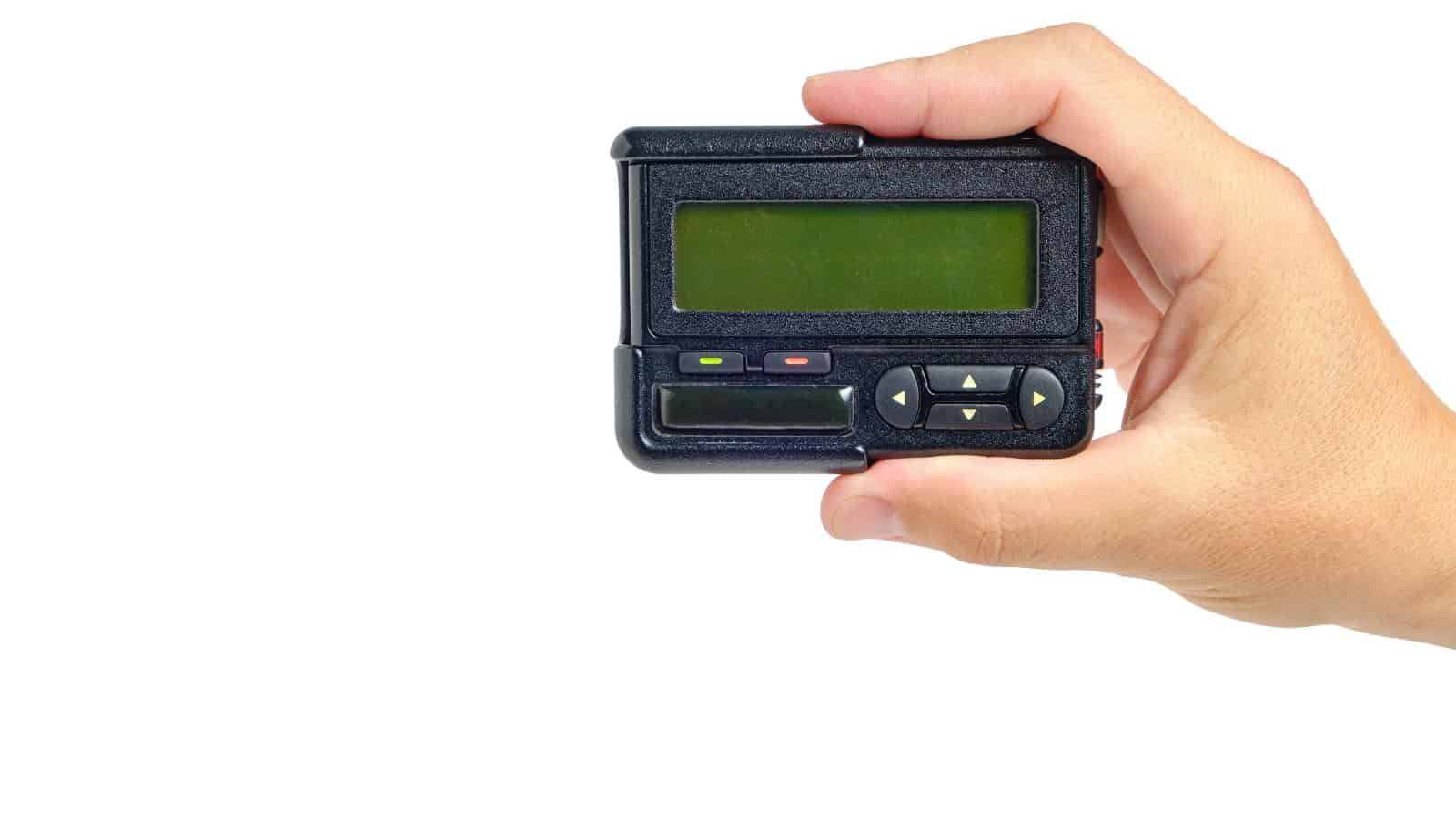
Pagers were hugely popular among emergency workers and professionals in the 1980s and 1990s. They received and displayed alphanumeric or voice messages, and two-way models could reply. Although smartphones have replaced them, some emergency services still use pagers for their greater reliability.
CD Walkmans

Sony’s CD Walkman and Discman models were hugely popular from the mid-1980s to the early 2000s. Unlike their digital Walkman models, Sony doesn’t produce them anymore, and most people today use streaming services to listen to music on the go.
VHS Tapes

VHS tapes and recorders were revolutionary in the 1980s, allowing millions of Americans to record TV shows and movies for the first time. How Stuff Works notes that they caused video stores to pop up “all over the country.” However, they became less prevalent in the 2000s as DVDs replaced them, which have now been overshadowed by streaming services.
Analog Clocks

Clocks have been analog for most of their existence; the first patent for a digital alarm clock was filed in 1956. They used to be found in every home, school, and public place, but now, many younger Americans use digital clocks and struggle to read them.
Paper Tickets

Paper tickets were once tangible mementos of sports events and travel that Americans loved to collect. They’ve largely been replaced by digital ticketing systems downloaded onto smartphones. In an opinion piece for Forbes, Scott Kramer lamented the digitization of sports tickets, arguing that he was “trying to figure out how the likes of Ticketmaster and StubHub have messed up this industry.”
Landline Phones
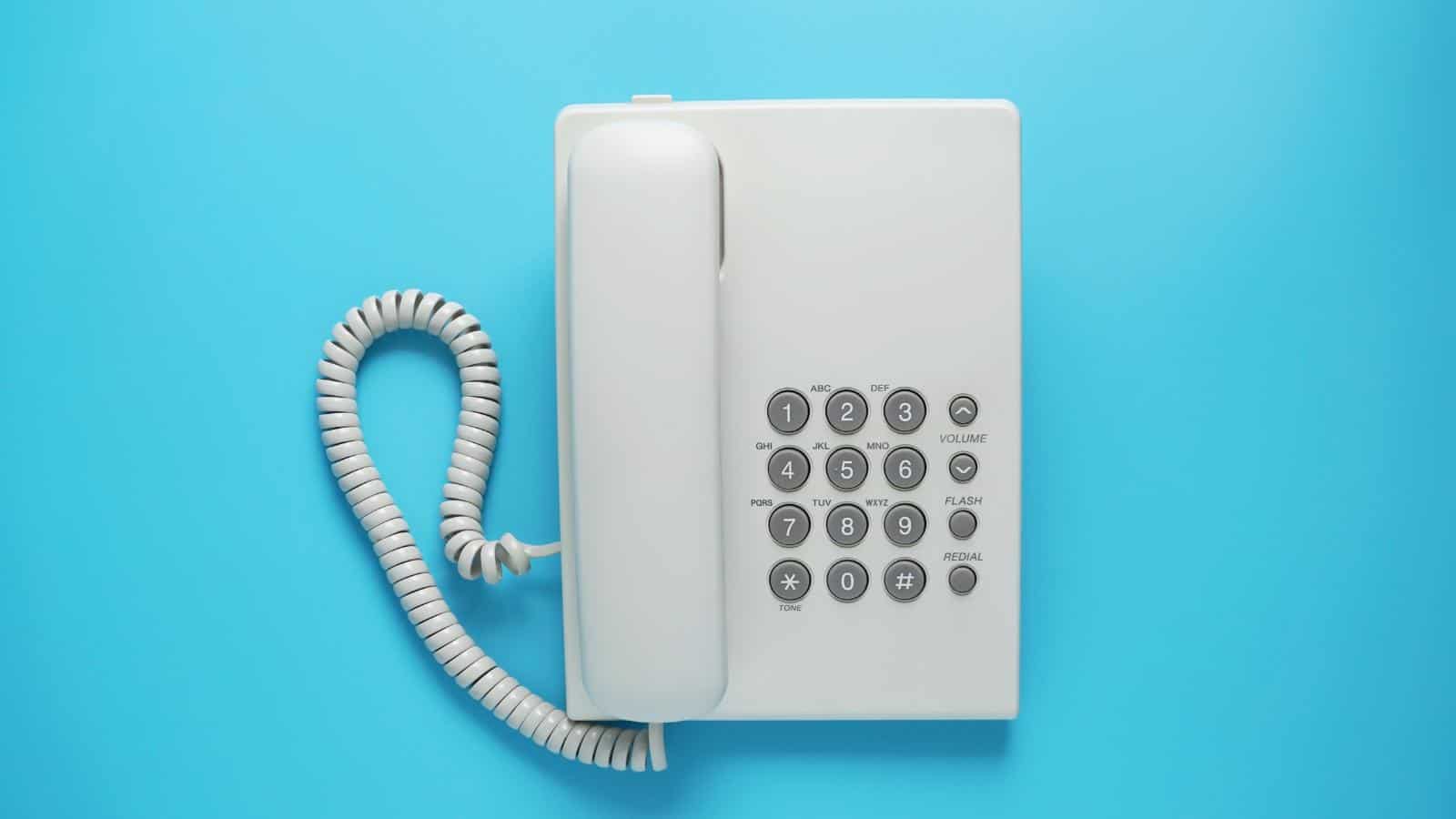
Landlines were once the primary way to make phone calls at home, and nearly every house nationwide had one. Some Americans, especially older people, still use landlines, but most use mobile phones, and businesses have switched mainly to voice-over-internet protocol (VoIP).
Video Rental Stores

Video rental stores like Blockbuster allowed movie enthusiasts to rent out their favorite films to watch at home on their VCR players. They were hugely popular in the 1980s and 1990s, but the rise of streaming services put them out of business, and now only one Blockbuster store remains open.
Incandescent Light Bulbs

Incandescent light bulbs were used nationwide in the 1970s and 1980s, but today, greener halogen and LED lamps have replaced them. Their production and sale were banned in America last year to raise energy-efficiency standards.
Floppy Disks
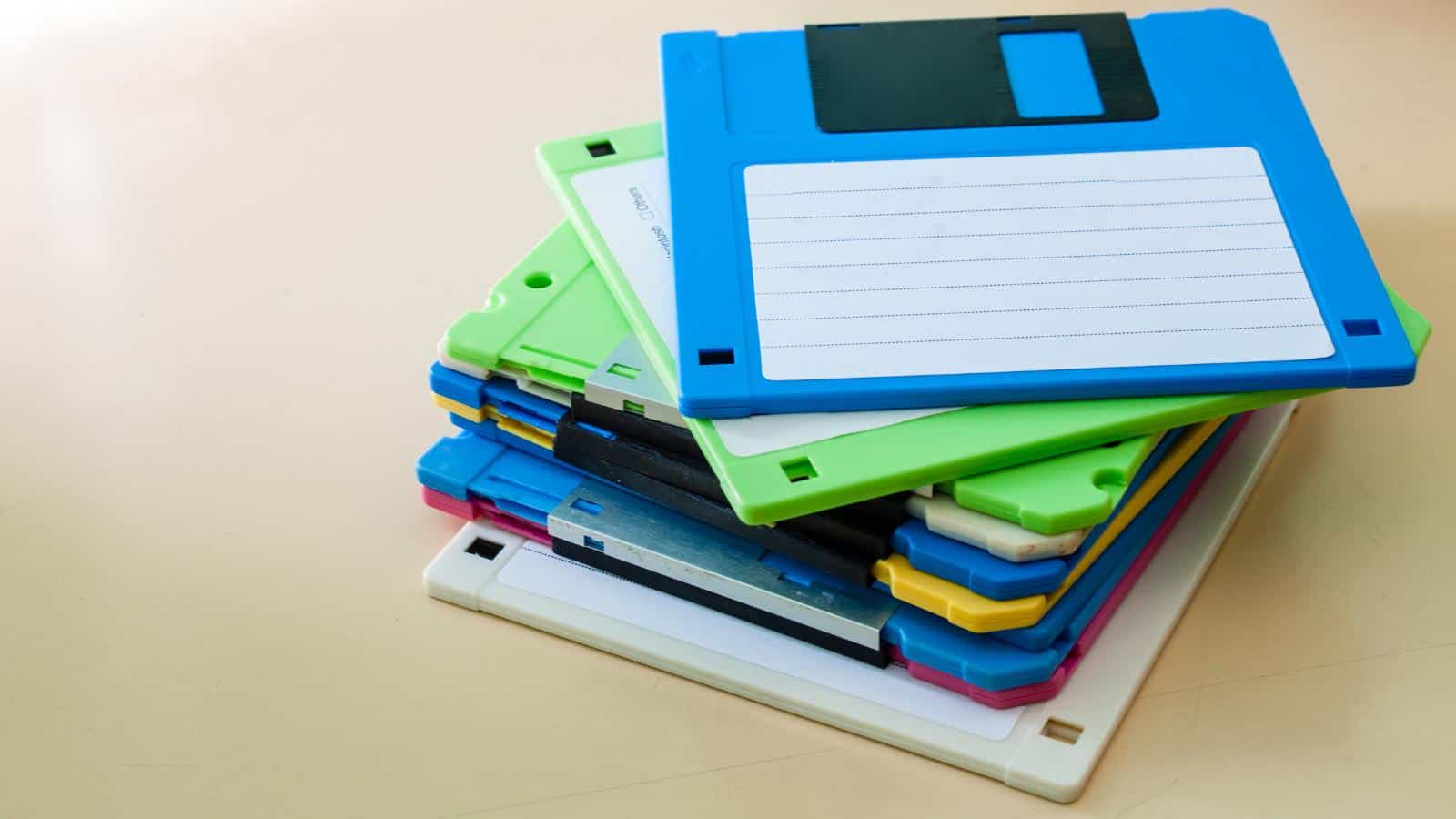
Floppy disks were once the standard for portable digital storage before CDs, USBs, and cloud storage. Lenovo explains that they became widely used in the late 1970s after being developed in 1971. The advent of USB drives and cloud storage with much higher storage capacity has made them niche collectors’ items.
Disposable Cameras

Disposable cameras made by companies like Kodak were popular with tourists worldwide and passed out at weddings. Today, smartphones and digital cameras have largely replaced them, but they’re still produced.
Console Television Sets
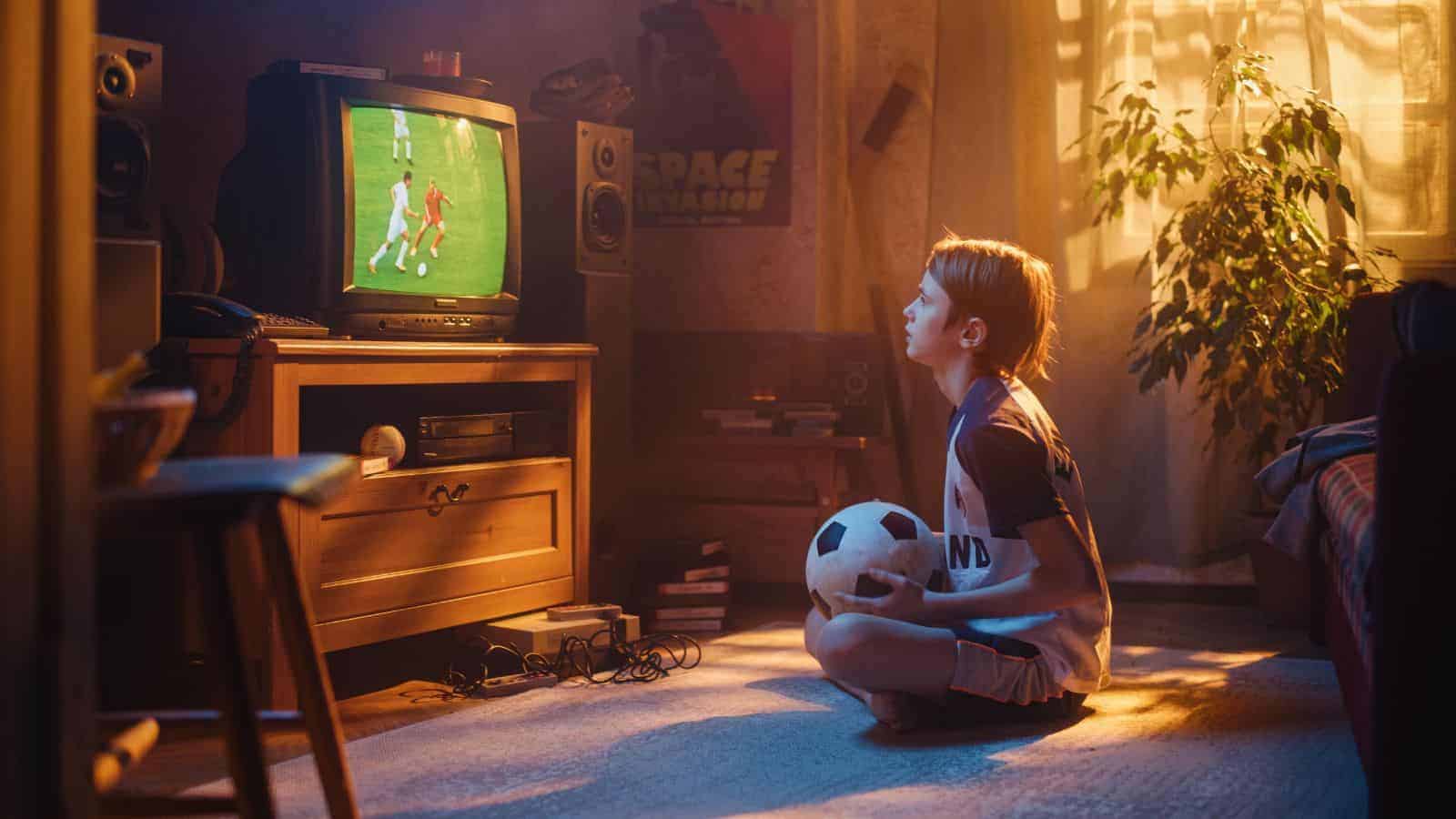
Console TV sets functioned as televisions and pieces of furniture in living rooms across America for decades. They fell out of fashion in the late 1980s as TVs became larger and are now more likely to be found in attics and basements than in living rooms.
